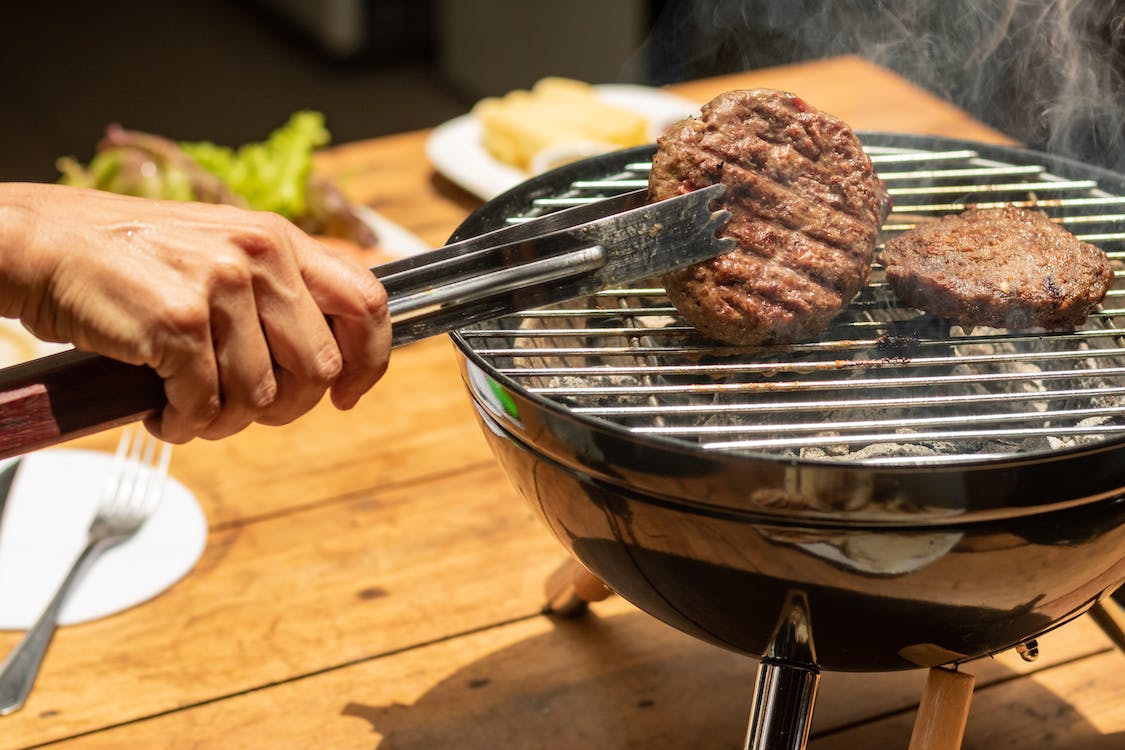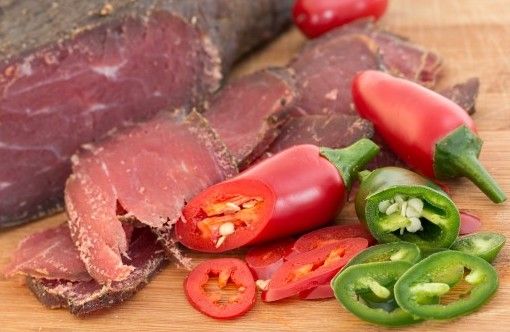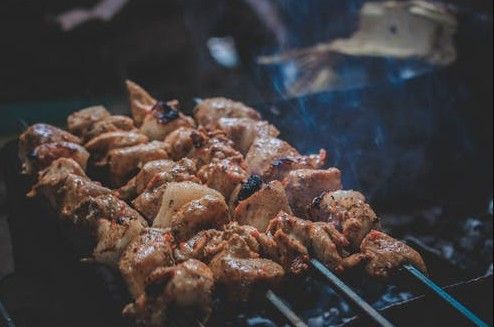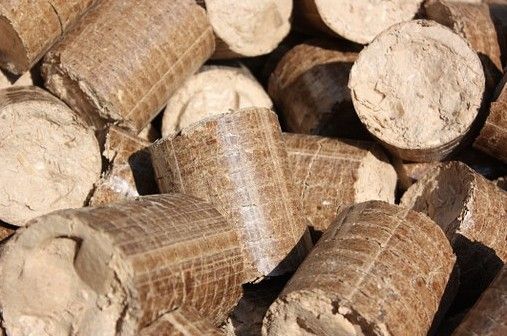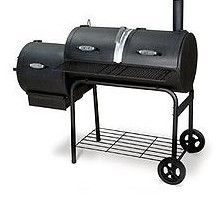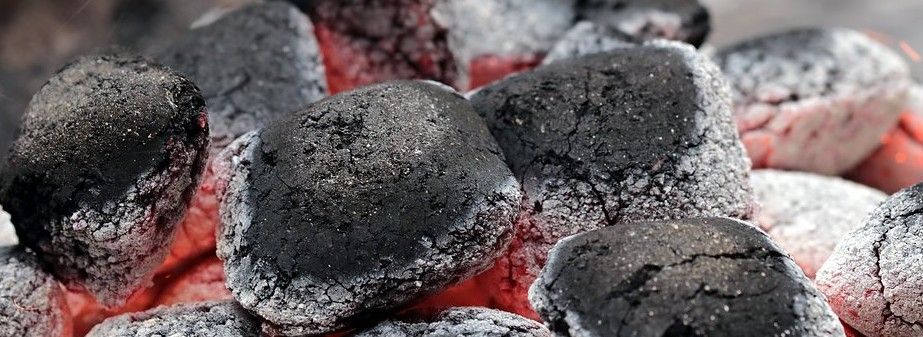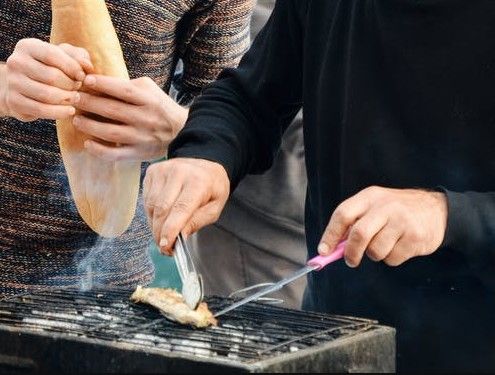Grilling meats is all well and good, but you probably want to step up your game by giving the smoking method a try. If you master this skill, your barbeque parties and recipes are probably going to be the talk of the town.
If you’ve never smoked meats before, the chances are that you’d have to prepare and practice a bit before attempting this job. It helps to have an amazing smoker/griller on your porch or kitchen, but the following guidelines will make sure you don’t make any major mistakes:
Why Smoke Meats?
Before we delve into the smoking process, it might be prudent to address the question of why we need to take these extra steps anyways. While grilled meat might taste perfectly fine, you won’t be turning back once you have a beautifully smoked piece. After all, we know that the cooking process has a major effect on how the resulting dish tastes. Having that nice, smoky, woody flavor in your meat will turn any party around and make your meal one to remember.
Other than the better taste, you may also consider smoking meat in order to tenderize it better. Imagine going to all the trouble and expense of buying, preparing, and cooking meat, only to have the pieces too hard to eat. Rubbery, stringy, tough meat is the worst—compare this with meat that’s falling off the bone. Which one would you choose?
Choosing Your Preference
If you have decided to learn how to smoke meats, keep in mind that the results might vary according to the type and level of smoke. The final taste might be subjective, with only a few wood types pleasing your palate (and that of your guests/family). If you’re mixing up the woods, their ratios will also have an effect on the resulting flavor of your meats.
This means that the skill of smoking meats will take time if you want to be perfect or at least passably good at it. It’s about finding that sweet spot and sticking to it.
You’d want to experiment and play around with various methods and wood types first; this might mean quite a bit of work. If you come out a master griller at the end of it, though, it’ll all be worth it. Check out some of the best electric smokers on the market right now to make the method easier.
Ensuring Smoke Flow
Having the perfect smoking process means that you want some space for the smoke to move as it will. If the smoke collects inside and stays close to the meat, your food might even start to burn due to the high temperature. This way, you’d have an ashy and charred taste in your meats rather than a subtle, smoky one.
Simply put, your smoker needs a proper ventilation system if you want decent results. If you’re using a griller to smoke your meats, make sure to leave it open a little bit while the cooking’s going on.
Choosing the Type of Wood
With a fine wood selection, you’ll get a scrumptious, luxurious taste from tender, juicy meat every single time. If you’re a beginner, it might be challenging to know which wood will give you the best results. Since everyone’s taste is different, look up the kind of flavor and smokiness that you get from various sorts of wood/wood chips. This will make you better able to determine what kind of wood to buy and how to mix it up.
While you can experiment as you please, keep in mind that meats like beef won’t absorb too much flavor. Seafood, chicken, and other lighter meats will absorb more of the flavor. You may hence reserve the sweet, light woods for smoking seafood and chicken. The heavier meats, however, will likely pair best with hickory, mesquite, or other stronger forms of wood.
The Shape of Wood
There are also different forms of wood available to us; namely, we have a choice between using wood chips, wood chunks, and wooden pellets. There are pros and cons of each, so let’s have a brief look at these choices:
AT the end of the day, the option you choose usually comes down to personal preference and whatever’s easily available. Check your local store or see which size and shape of wood is best for the grill/smoker you’re using.
- Wood chip: This is the best choice if you just want to smoke your food for a few hours. They won’t burn too long, are easy to handle, and will get the grill/smoker heated up quickly.
- Wood chunks: This option is more for serious smokers, as they will give you more smoke and last quite a bit longer than chips.
- Wood pellets: Smoker pellets will burn off very quickly, so they’re only for use in pellet smokers. These machines have a special design for burning pellets so that the meat fully absorbs the flavors. With the pellets, you’ll get a subtle tinge of smokiness to your food.
The Right Temperature
One burning question about smoking meats might be about the temperature it’s supposed to be. Since you’re using indirect heat with your smoker, keep your flame steady but low. The ideal temperature range is around 200 to 250 degrees. You may have to invest in a food thermometer to get just the right temperature for your grill.
Changing the Charcoal and Wood
If you’re smoking meat for several hours, make sure to change the wood and charcoal after every two hours. This is essential if you want to retain a fresh, juicy, tender, and clean result.
While using gas grills, swap the old wood and put in the new after the old one burns out.
Flipping the Meat
It might sound strange, but flipping the meat while you’re smoking it is actually a big mistake. There’s no reason to worry about every side of the meat getting the same amount of heat. The cooking is being done indirectly anyways, so you just want to keep the lid closed the whole time.
Only disturb your smoking setup when you want to remove the old wood or charcoal and put in a new batch. Other than that, the life of your smoker should remain closed until you deem the meat ready to serve.
Soaking the Wood
You should be soaking whatever wood you use before burning it–chips, chunks, pellets, etc. This will keep it from burning out too fast.
Plus, soaked wood will prevent a too-sharp smoky flavor in your meat. You want an even smoke coating for the best flavor. If your wood is dry from the beginning, the meat will get a lot of aroma all at once, which isn’t ideal.
Knowing When the Meat is Ready
We’ve talked about how you shouldn’t open your smoker until the meat is cooked, but how can we gauge this important piece of information?
As a general rule of thumb, you can assume that the meat is cooked after smoking for a few hours. You can also double-check using a Bluetooth or infrared meat thermometer. Chicken will have a different internal temperature than beef or mutton, so make a note of the recommended temperatures beforehand.
It’s important to remember that the meat will probably taste best if you cook it very slowly for a long time. It pays to be patient in the smoking game, so make sure to start as early as possible. A couple of hours will probably be enough to smoke any meat, but give it a little longer just to be on the safe side.
Conclusion
While the smoking process might take a lot longer than mere grilling, you can’t replace that unique texture plus flavor. Set aside some hours to prepare the meat as well, and make sure you have the time to attend to the smoker. You can also get the best food smoker in the market, but your attention is key for that smoked meat success.

